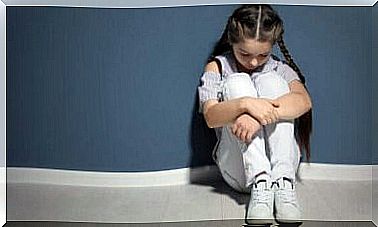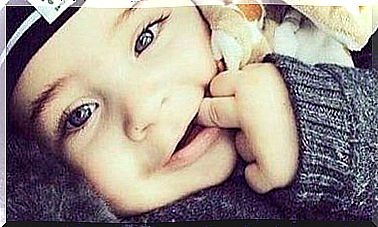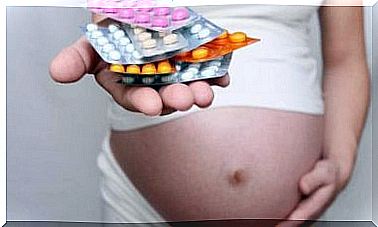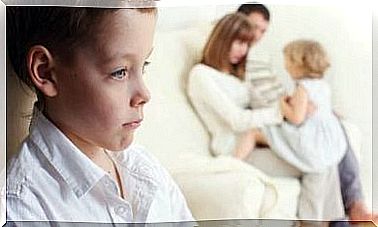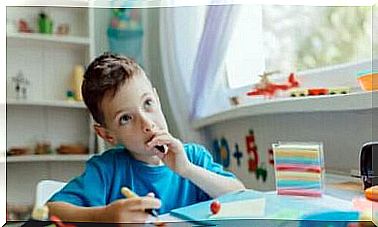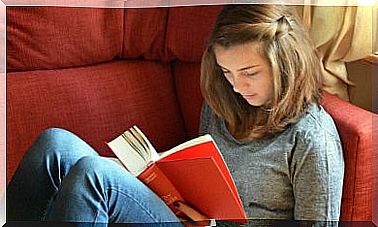The Dangers Of Giving Ibuprofen To Children With Chickenpox

Giving ibuprofen to a child who has chickenpox is more likely to happen than it should. Even doctors often prescribe frequently.
No one could openly distrust a medicine prescribed by a pediatrician. Therefore, in some cases problems occur.
Recently an English mother named Hayley Lyon Warrington shared with the public the case of her son, whose skin was seriously affected by the use of the drug Nurofen when he had chickenpox.
To explain the relationship of ibuprofen with chickenpox, experts took into account the fact that the use of this drug has been associated with the development of infections.
In these cases, the use of aspirin is also contraindicated, as its relationship with the onset of Reye’s Syndrome, a possible complication of chickenpox, is known.
an unusual case
In general, treatment for chickenpox is quite simple: the focus is to keep the patient in bed while there is pain and itchy blisters. Fever must be controlled and, on occasions, the use of antihistamines is indicated .
Thus, it is unlikely that a case of chickenpox will get complicated. In general, the most serious effect is related to skin rashes.
The most common complications can be cerebellar ataxia, joint or cardiac inflammation, pneumonia and Reye’s syndrome. However, skin infections caused by medications such as ibuprofen are actually uncommon.
Despite this, it is not a recommended remedy for children with chickenpox.

Despite knowing cases like the one presented by Ms. Warrington, some doctors continue to recommend this drug.
That’s because there are no deaths associated with this remedy related to chickenpox. Even so, the drug manufacturer clearly indicates a possible negative reaction.
In this sense, it is very likely that it is administered to reduce fever, including self-medication, which is not recommended in any case.
As for the drug Nurofen, the laboratory provides enough warnings about its use in case of chickenpox.
Without a doubt, as parents, we have an obligation to avoid the risk of administering this substance to our children, given the existence or suspicion of chickenpox.
Recommendations
Certain antihistamine medications are confidently indicated to children with this disease . Acetaminophen, in turn, is also very effective in helping to lower fever and lessen pain.
At times, it is better to give preference to home treatments for rashes. But we must never administer medication without pediatrician approval.
If for some reason we are recommended for ibuprofen, we can ask our doctor to change it.
If we have already administered it, it is important to be alert to any reaction and immediately discontinue the treatment.
Other ways to contribute to children’s recovery and comfort are as follows.
- Prevent the child from scratching. For this, we advise you to keep vigilance. In addition, it is convenient to keep your child’s nails short and hands clean. That’s because if she scratches herself, it won’t infect the rashes.
- Try to dress the child in loose, fresh clothing, preferably cotton. We do not recommend the use of woolen or rough-textured clothing
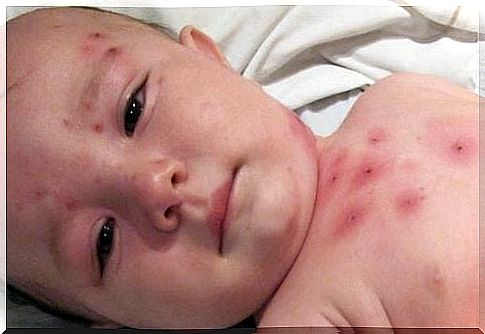
- Giving bath with warm water, oats or starch. Avoid excessive use of soap and try to keep your skin dry
- After bathing, it is recommended to apply moisturizing and calming creams. Hydrocortisone-based ointments are recommended for skin ulcerations
- It is not advisable for children to stay in heat or too much humidity
- We must remember that the use of certain antihistamines can cause drowsiness . Therefore, it is important to ensure that children stay in an appropriate place while the medication lasts.
